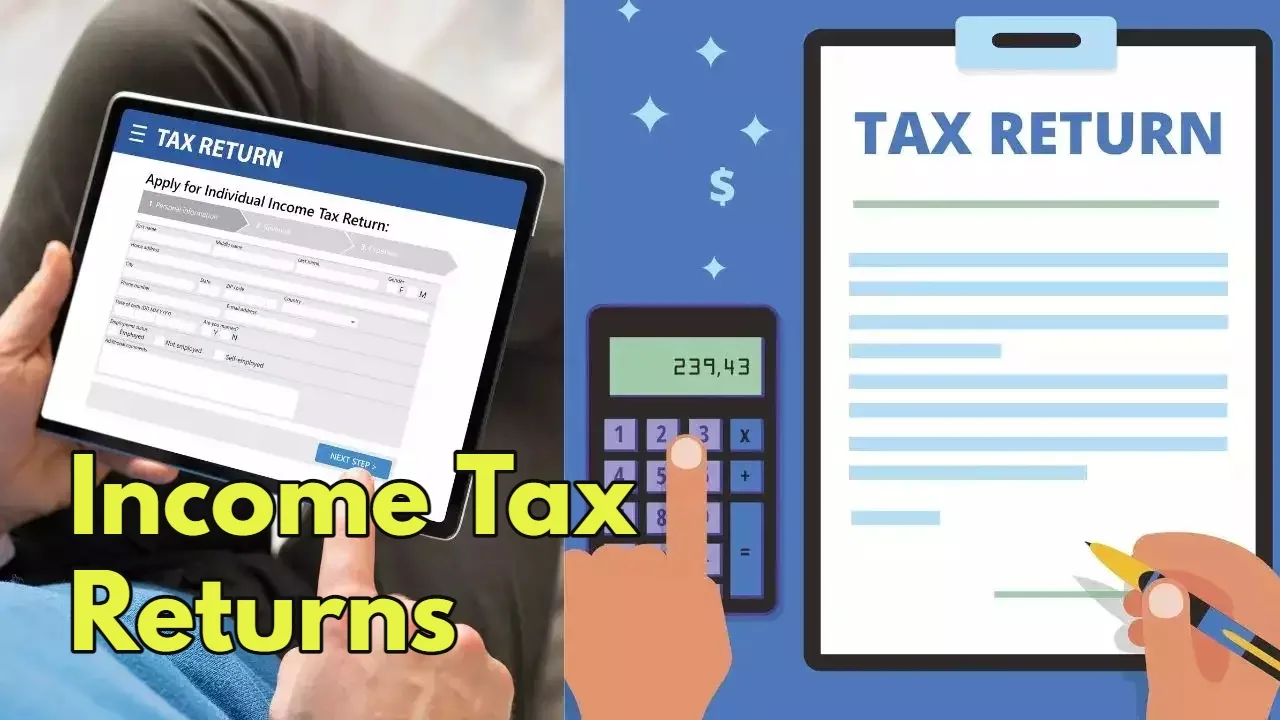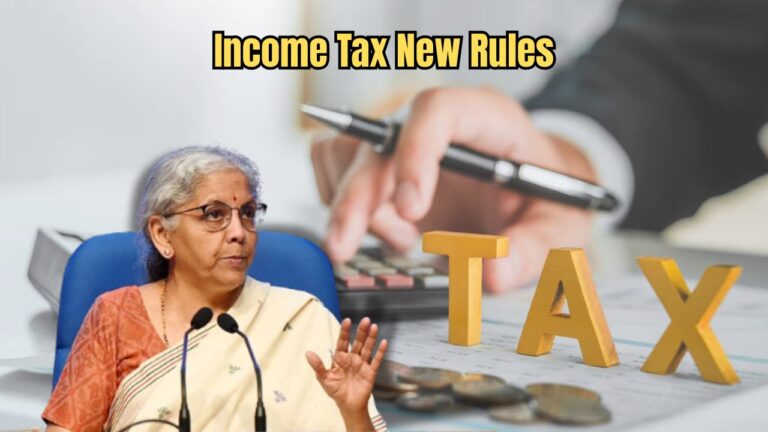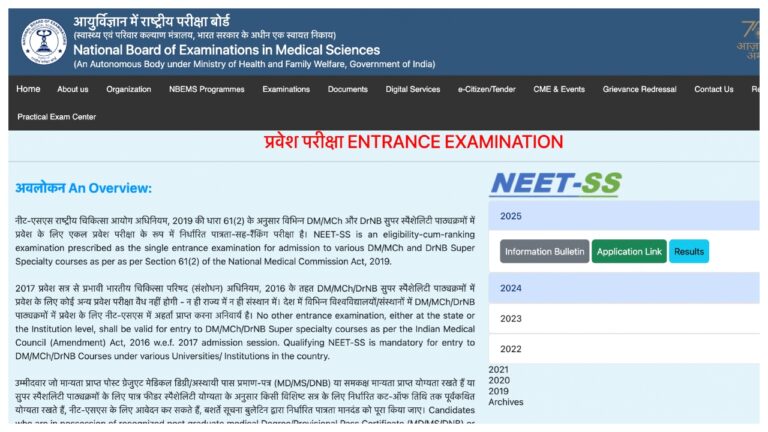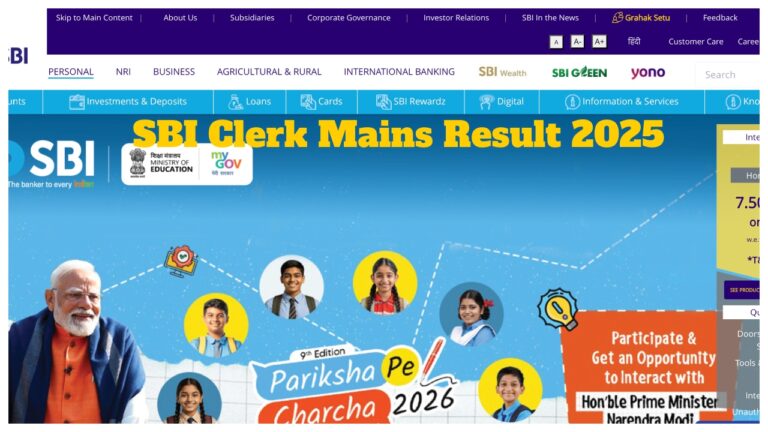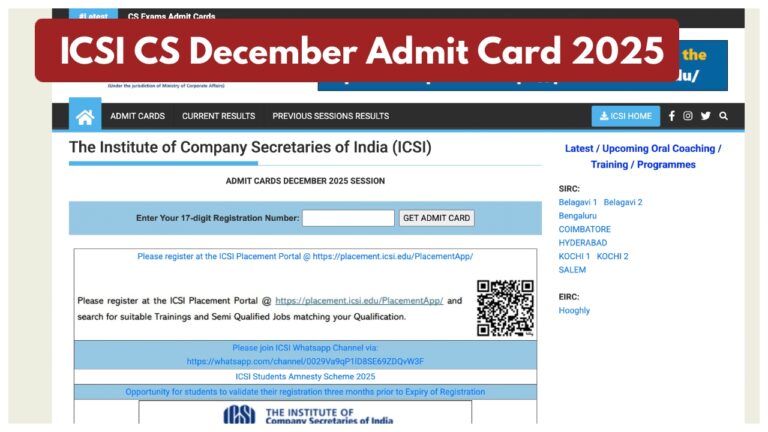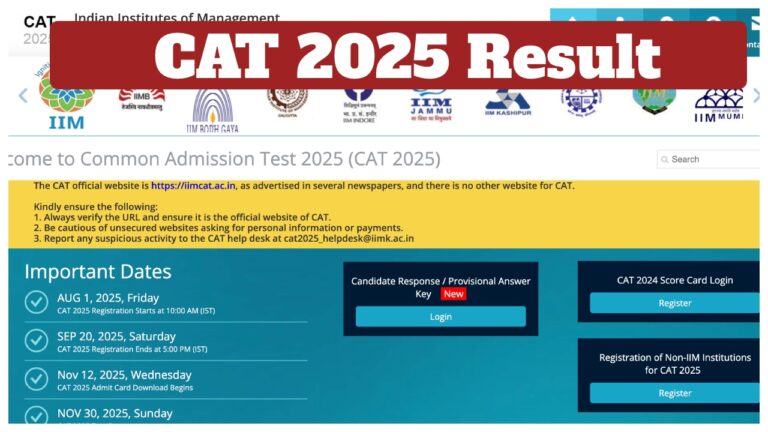The Income Tax Department has given two great options to taxpayers for filing ITR (Income Tax Return) New Tax Regime and the Old Tax Regime. You can choose any of these, and it depends on your choice and benefit which tax regime will be best for you. With the help of calculations, you can also understand which tax regime you will have to pay less tax in. This information will prove to be extremely helpful in making smart financial decisions.
Know the easy way to calculate tax
Let’s know how you can calculate your tax from home and compare both tax regimes:
First of all, you have to go to the e-filing portal of the Income Tax Department.
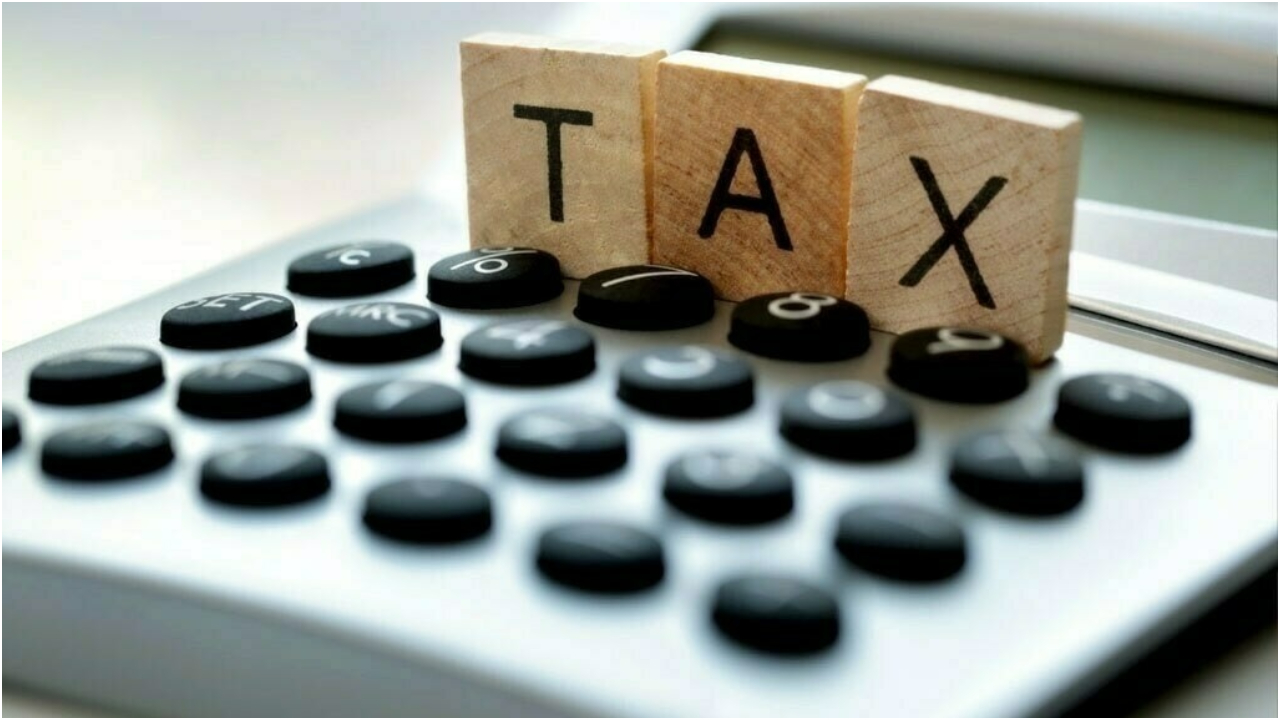
Here you have to enter your PAN number and name.
After this, you have to choose the type of your ITR. This includes individuals, firms, companies and institutions.
Then choose the old tax regime or the new tax regime.
Now choose which age group you fall in:- Regular citizen, senior citizen, and very senior citizen.
Then it will be the turn to enter the total income and the deduction amount.
On the right side you will see the tax summary. In this you will get all the information like total income, total deductions, tax under the new tax regime, tax under the old tax regime.
If you want to see the comparison, you can click on ‘View Comparison’.
Above you have been given the details of the basic calculator. This process will provide you a lot of convenience in understanding your tax liability.
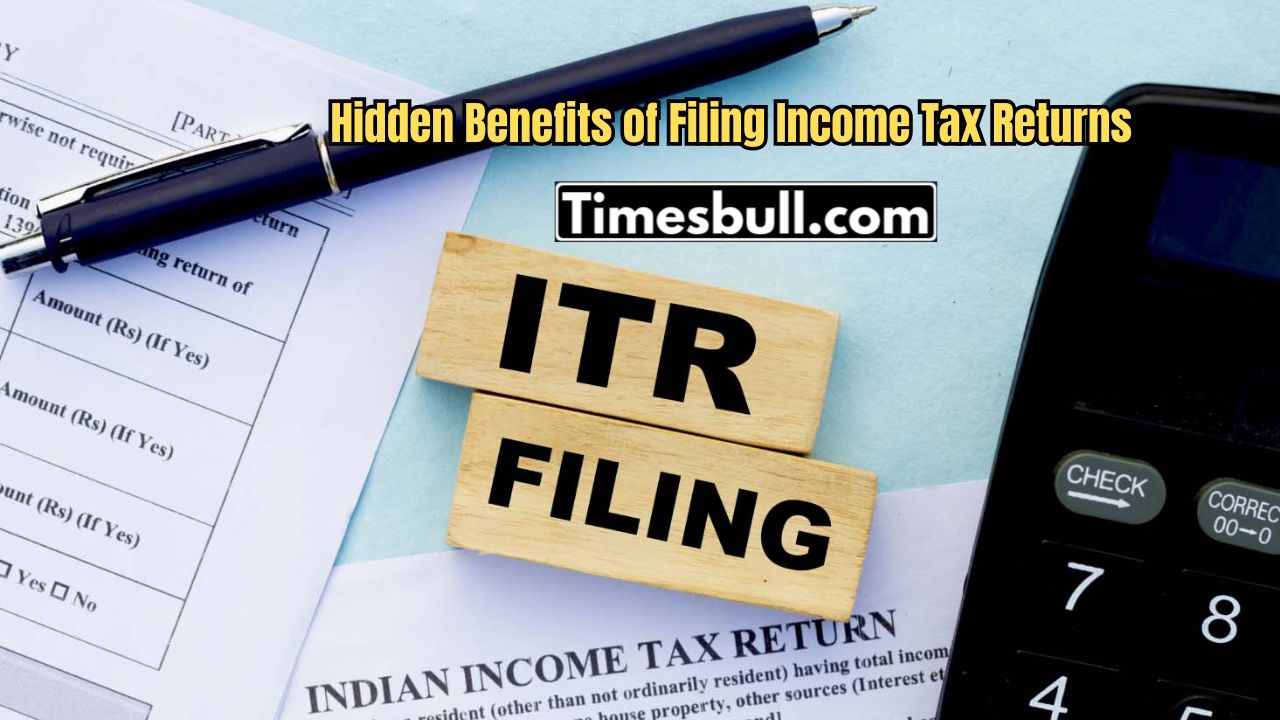
Know the changes and benefits
In the financial year 2024-25, Finance Minister Nirmala Sitharaman announced the new tax regime. Now, taxpayers have two options to file ITR: the old tax regime and the new tax regime. Under the new tax regime, there is no tax on annual income up to ₹ 12 lakh. However, you will not get many tax benefits in this.
For now, you can change from the new tax regime to the old tax regime and vice versa whenever you want. Under the old tax regime, you could avail of the benefits of Section 80C by investing in different schemes. These schemes include post office schemes, bank FDs, ELSS mutual funds, etc. This flexibility allows taxpayers to choose the best option as per their financial planning.
